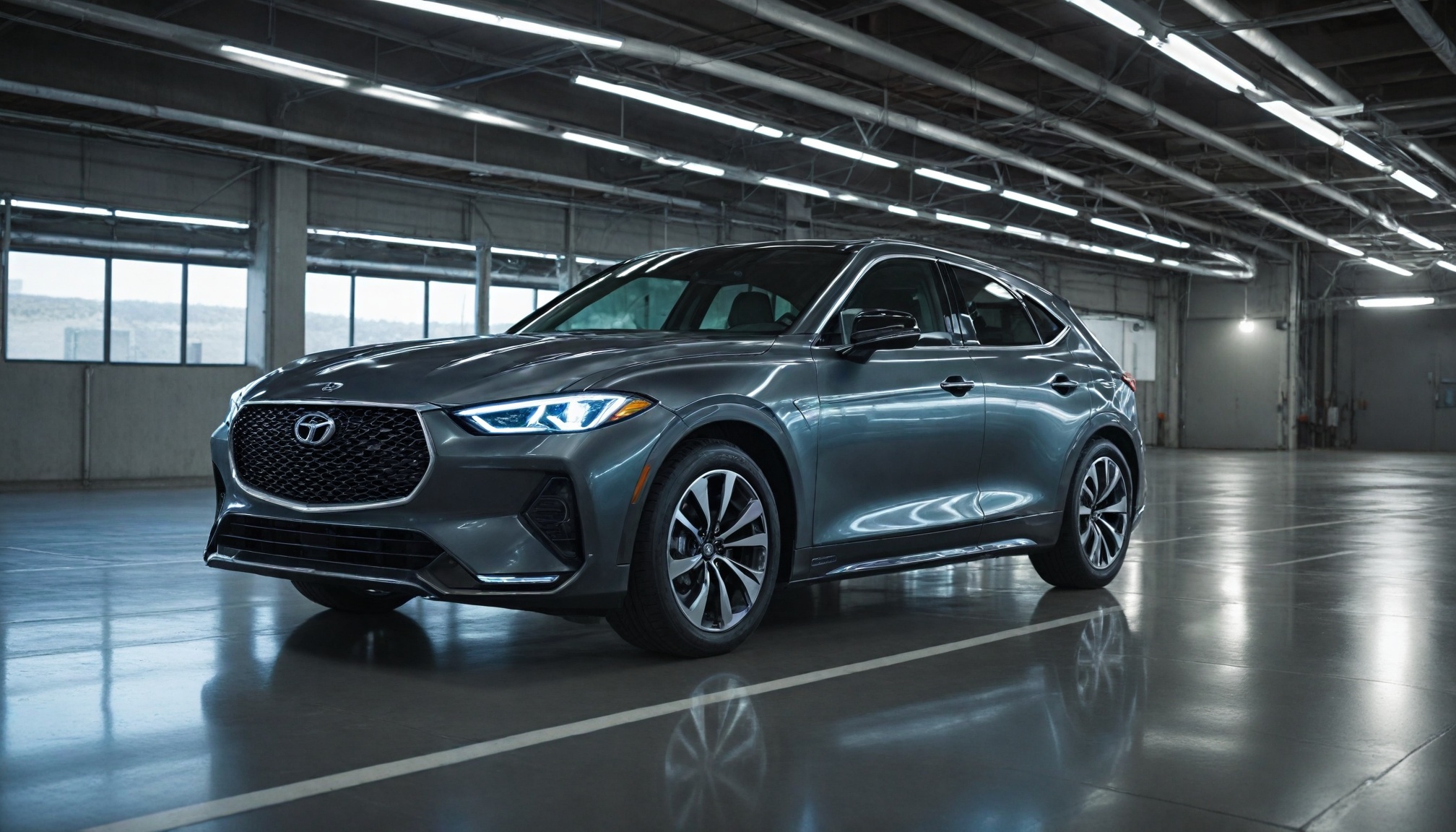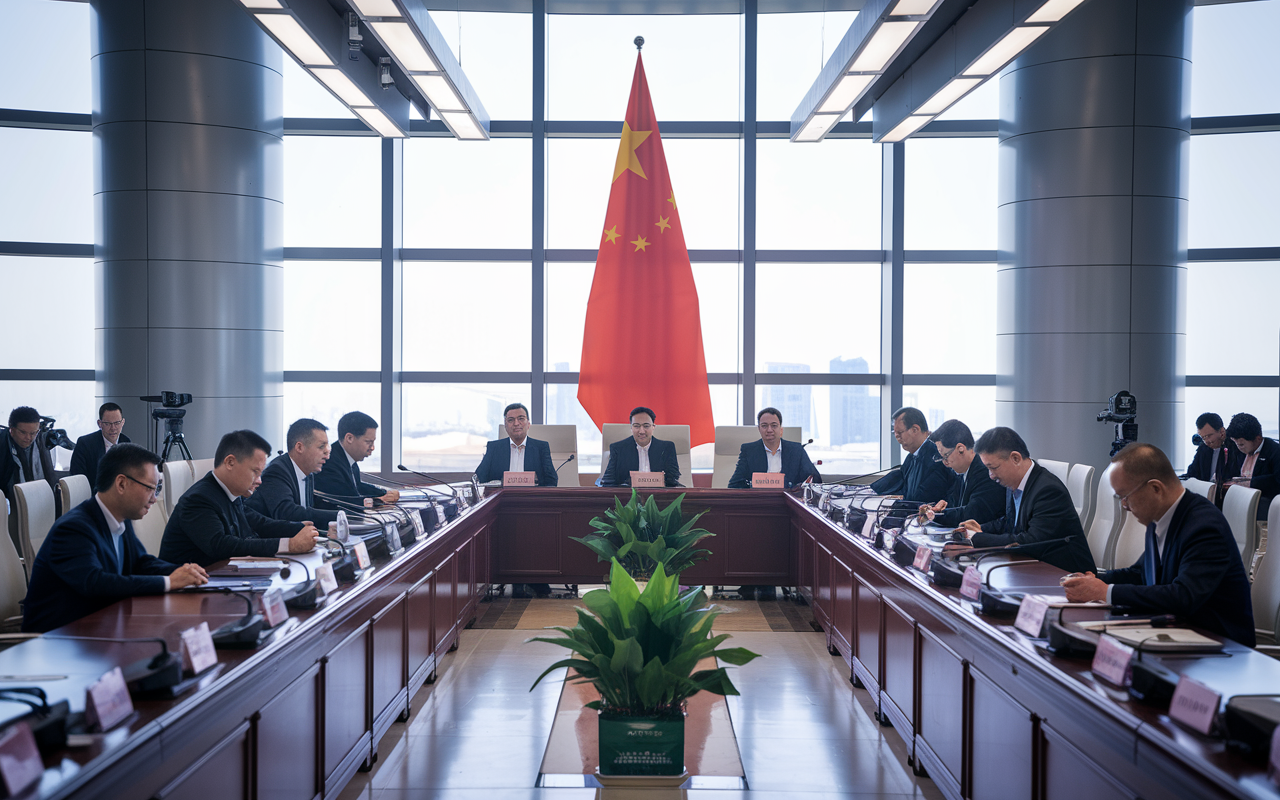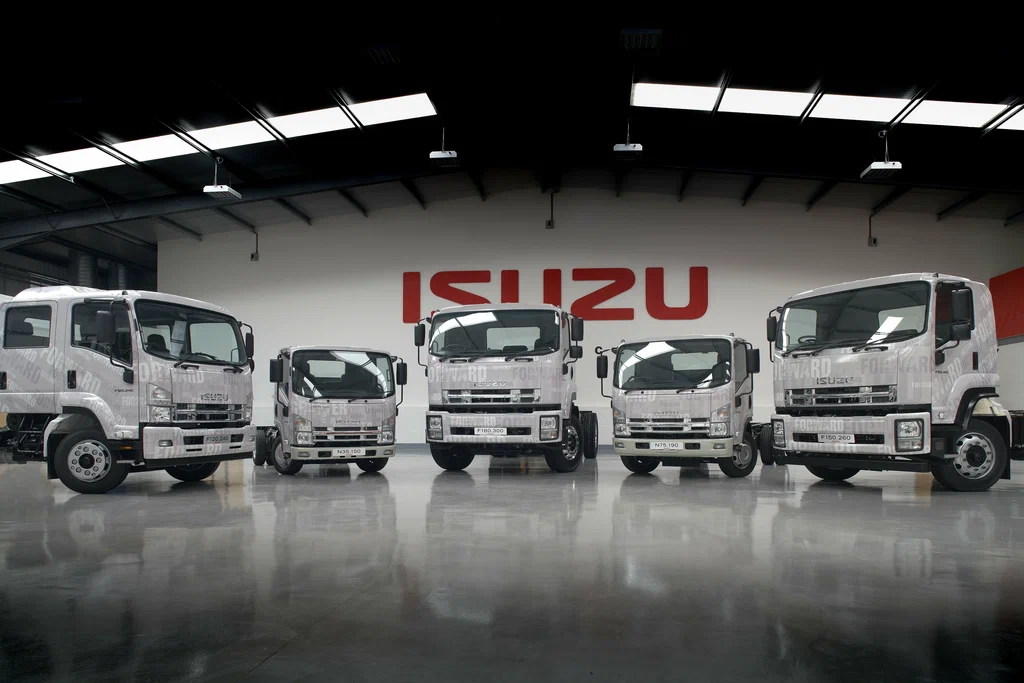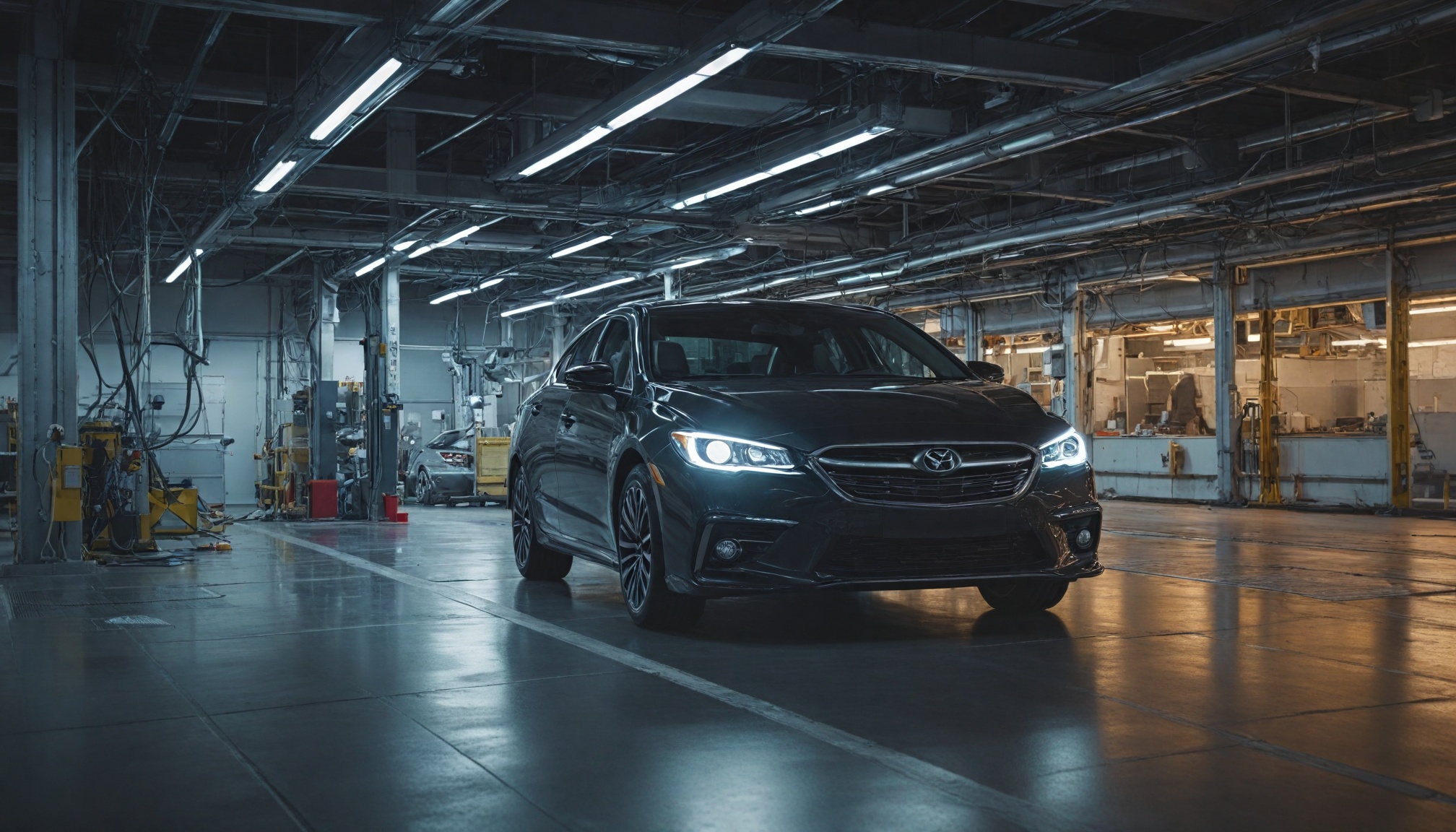
Xiaomi reverses controversial software update that cut flagship EV's power by 40%, restoring full 1,548 hp after owners protested the unexpected limitations.

Drivetech Partners
Xiaomi has reversed course on a controversial software update that reduced the power output of its flagship SU7 Ultra electric sedan from 1,548 hp to just 900 hp. The Chinese tech giant quickly backtracked following intense backlash from owners who had paid approximately $73,000 specifically for the vehicle's record-breaking performance capabilities and felt betrayed by the unexpected limitations.
Key Takeaways
Xiaomi's HyperOS 1.7.0 OTA update reduced power by over 40% and implemented qualifying lap requirements for full power access
Owners who purchased the ¥529,900 ($73,000) sedan for its supercar-level performance flooded social media with complaints
The company initially justified restrictions as safety measures, claiming extreme power was for track use only
Following backlash, Xiaomi completely reversed the limitations and promised better communication about future updates
The incident highlights growing tensions around software-defined vehicles and post-purchase modification rights
The SU7 Ultra: Hypercar Performance at a Fraction of the Cost
Xiaomi's SU7 Ultra represents an ambitious entry into the high-performance EV market, offering hypercar-level specifications at a fraction of traditional pricing. The flagship sedan boasts a triple-motor all-wheel-drive powertrain combining HyperEngine V8s at the rear and V6s up front. This impressive system is paired with carbon ceramic brakes and CATL's advanced Qilin 2.0 battery utilizing 900V architecture.

The performance figures are genuinely staggering for a vehicle priced at 529,900 yuan (approximately $73,000). The SU7 Ultra claims a 0-100 km/h acceleration of 1.98 seconds and a top speed exceeding 350 km/h. Its Nürburgring lap time of 6:46.874 puts it ahead of established hypercars like the Rimac Nevera, Corvette ZR1, Viper ACR, and Porsche 918. Xiaomi CEO Lei Jun positioned the vehicle as a technological milestone that "rivals Porsche in performance and Tesla in innovation."
The Controversial Software Update That Sparked Outrage
The uproar began when Xiaomi released its HyperOS 1.7.0 update, which dramatically limited the vehicle's capabilities. This update capped power output to around 900 hp in standard driving conditions—a significant reduction from the advertised 1,548 hp. More controversially, it introduced a "Qualifying Mode laptime assessment" system that required owners to prove their driving skill on a Xiaomi-approved racetrack with a qualifying lap time to access full power.
Additionally, the update implemented a 60-second standby period for launch control, effectively preventing its immediate use at stoplights and in typical driving situations. Xiaomi initially defended these restrictions as essential safety measures, claiming the full 1,548 hp was intended "for circuit use with appropriate tyres and preparation" rather than regular road use.

Customer Revolt: Fighting for Advertised Performance
The reaction from SU7 Ultra owners was swift and furious. Online forums and social media channels quickly flooded with complaints from buyers who felt deprived of capabilities they had specifically paid for. The core of the debate centered on ownership rights: should buyers have unrestricted access to the advertised features of a product they've purchased outright?
Customers took particular issue with the qualification lap requirement, which many saw as an unreasonable barrier to accessing the performance that was prominently featured in marketing materials. The disconnect between pre-purchase promises and post-purchase limitations became the focal point of the backlash. Owners also objected to the launch control wait time, which they felt unnecessarily restricted a key feature of the high-performance sedan.
Xiaomi's Response and Policy Reversal
Faced with mounting pressure, Xiaomi moved quickly to address the situation. The company completely reversed the software limitations, restoring the full 1,548 horsepower to all SU7 Ultra owners. Both the qualifying lap requirement and launch control wait time were removed, allowing owners unrestricted access to the vehicle's full capabilities.
In its communication about the reversal, Xiaomi acknowledged inadequate communication regarding major software changes. The company promised greater transparency with future updates, stating: "We appreciate the passionate feedback from our community and will ensure better transparency moving forward." This rapid response helped contain what could have developed into a significant brand crisis for the tech company's automotive venture.
“We recognise that major updates impacting user experience must involve thorough dialogue with our community,” a statement from Xiaomi read. “We appreciate the passionate feedback from our community and will ensure better transparency moving forward.”
The Growing Tension in Software-Defined Vehicles
This incident highlights critical tensions in the era of software-defined vehicles. Manufacturers now have unprecedented control to change core vehicle features remotely via over-the-air updates, sometimes drastically altering the product after purchase. This raises fundamental questions about what customers actually own when they buy a modern vehicle.
The evolving debate over customer ownership rights versus manufacturer control is particularly significant for products marketed on their maximum specifications. Automakers face increasing pressure to balance raw performance capabilities with safety and regulatory concerns, but customers expect to receive what was advertised. The incident raises important questions about the ethical boundaries of post-purchase modifications by manufacturers, especially when they affect core performance characteristics.
Industry-Wide Implications for Automotive Software Control
The Xiaomi incident sets a precedent for customer pushback against performance-limiting software updates. It highlights the need for transparent communication about software changes affecting advertised capabilities and raises questions about the legal and ethical framework for software-defined vehicles.
The successful pressure campaign demonstrates the growing expectation for collaboration with customers in the digital automotive era. As vehicles become increasingly defined by their software rather than hardware alone, the relationship between manufacturers and customers is evolving. This event may influence future regulatory approaches to performance capabilities and software updates in high-performance EVs.
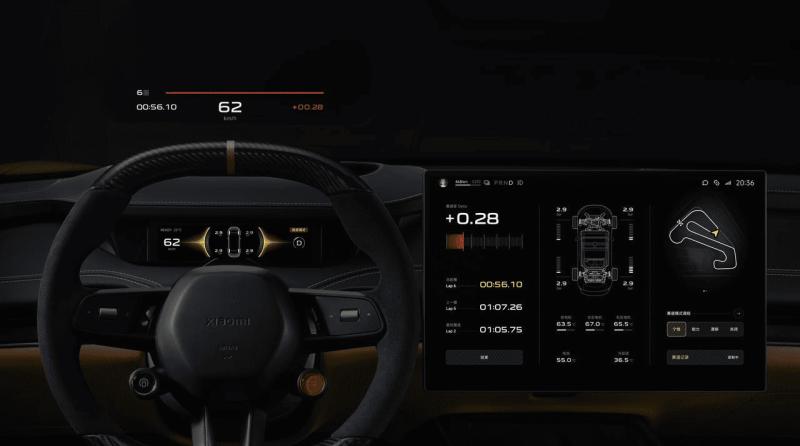
The Future of High-Performance EVs and Consumer Rights
Looking ahead, this incident may significantly shape how manufacturers approach marketing extreme performance specifications. There's a growing need for clearer disclosure of performance limitations and software-governed features at the point of sale. The industry may develop standards regarding performance modifications via OTA updates to protect consumer expectations.
The controversy will likely influence consumer advocacy around digital rights in vehicle ownership. As cars become more capable of receiving significant functionality changes through software updates, the question of who ultimately controls these features becomes increasingly important. This case may accelerate discussions about the balance between performance accessibility and safety in next-generation EVs, potentially reshaping how manufacturers communicate with their customers about software-defined capabilities.
Sources
Car News China - Xiaomi backtracks on SU7 Ultra's performance restrictions after owners outcry
Carscoops - Xiaomi's SU7 Ultra Software Upgrade Was A 650-HP Downgrade
Daily Revs - Xiaomi SU7 Ultra Unleashed: 1,548 HP, Angry Owners, and a Software U-Turn
Arena EV - Xiaomi unleashes full power of SU7 Ultra after customer backlash
Images & Video: Xiaomi
